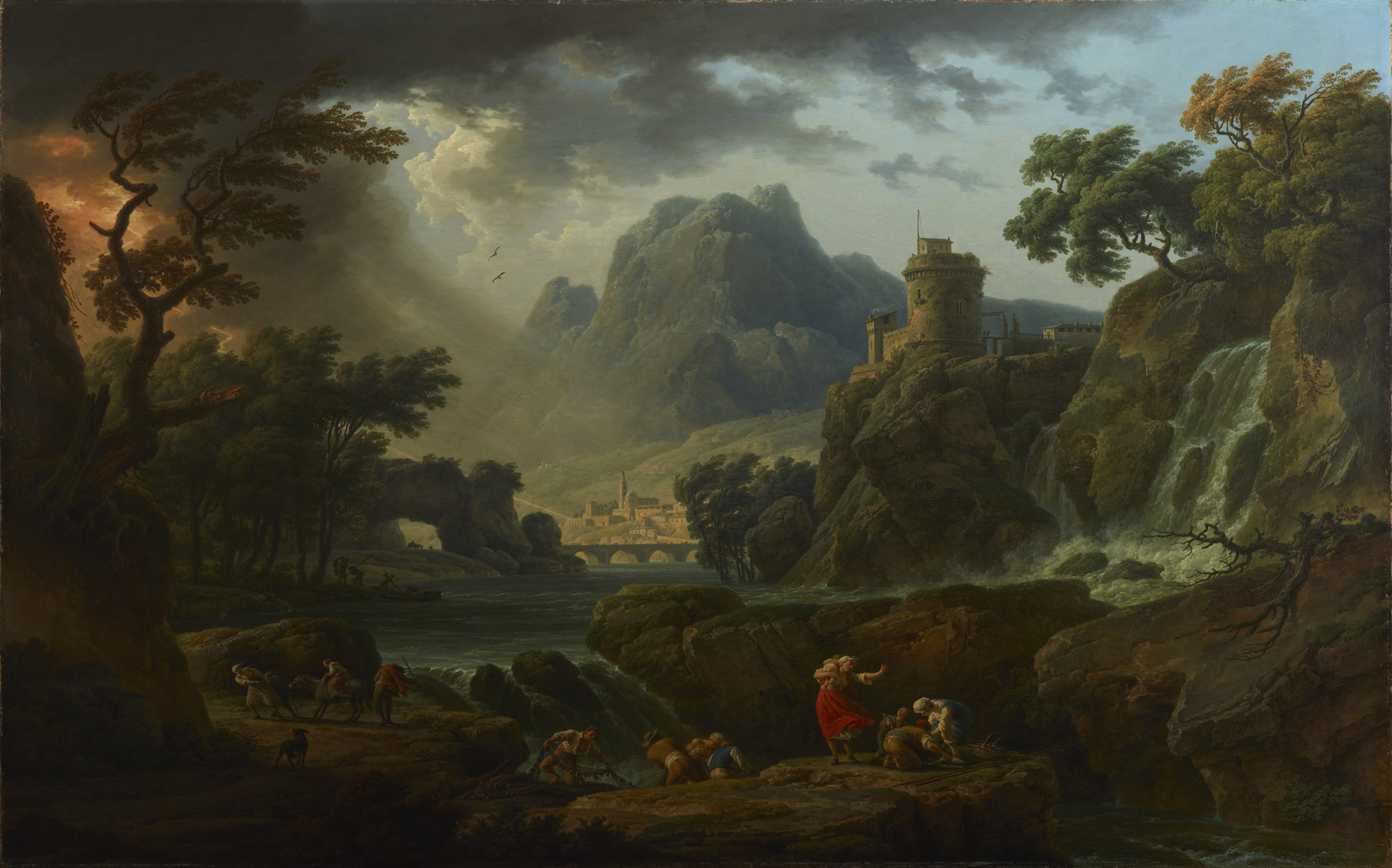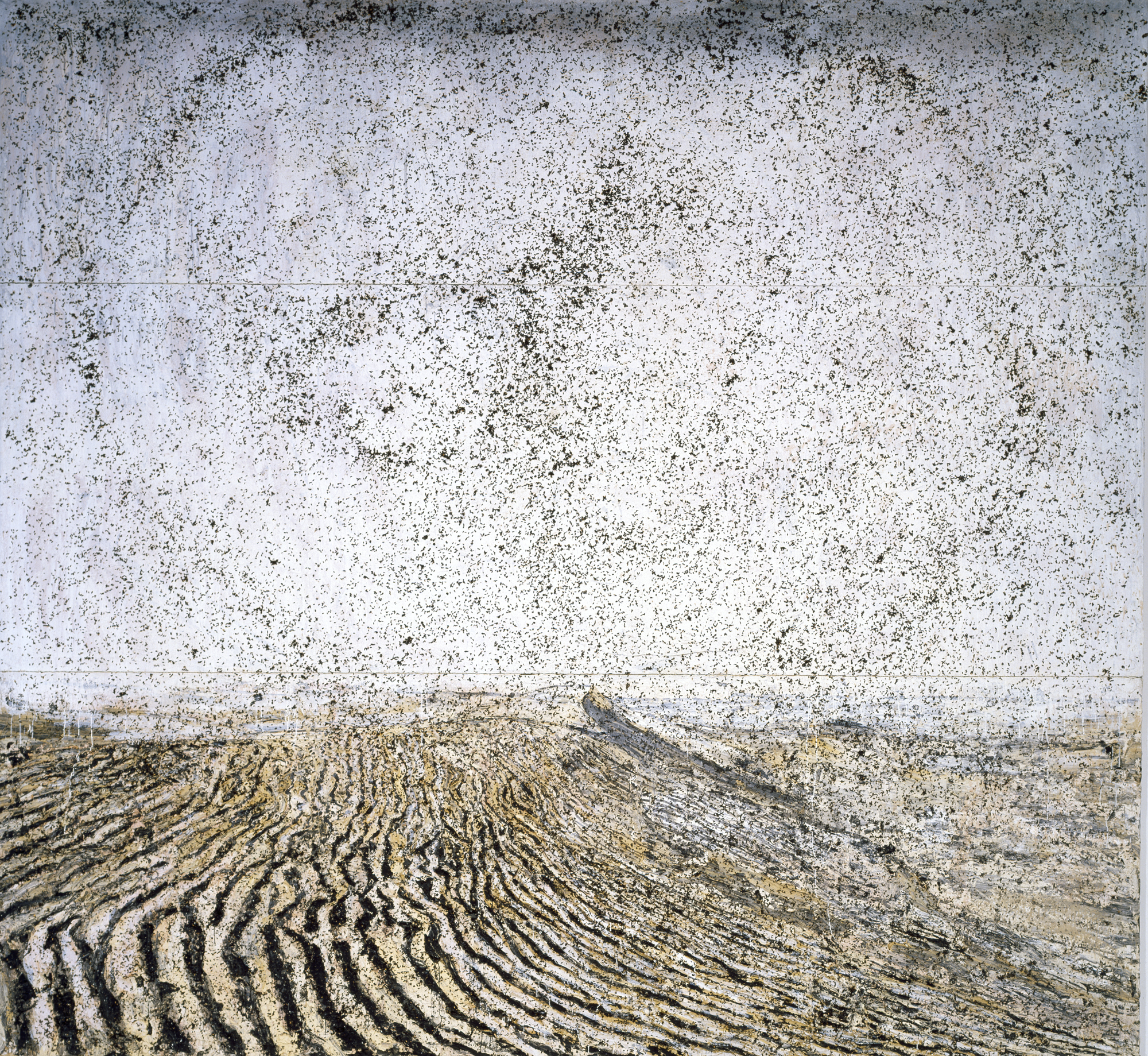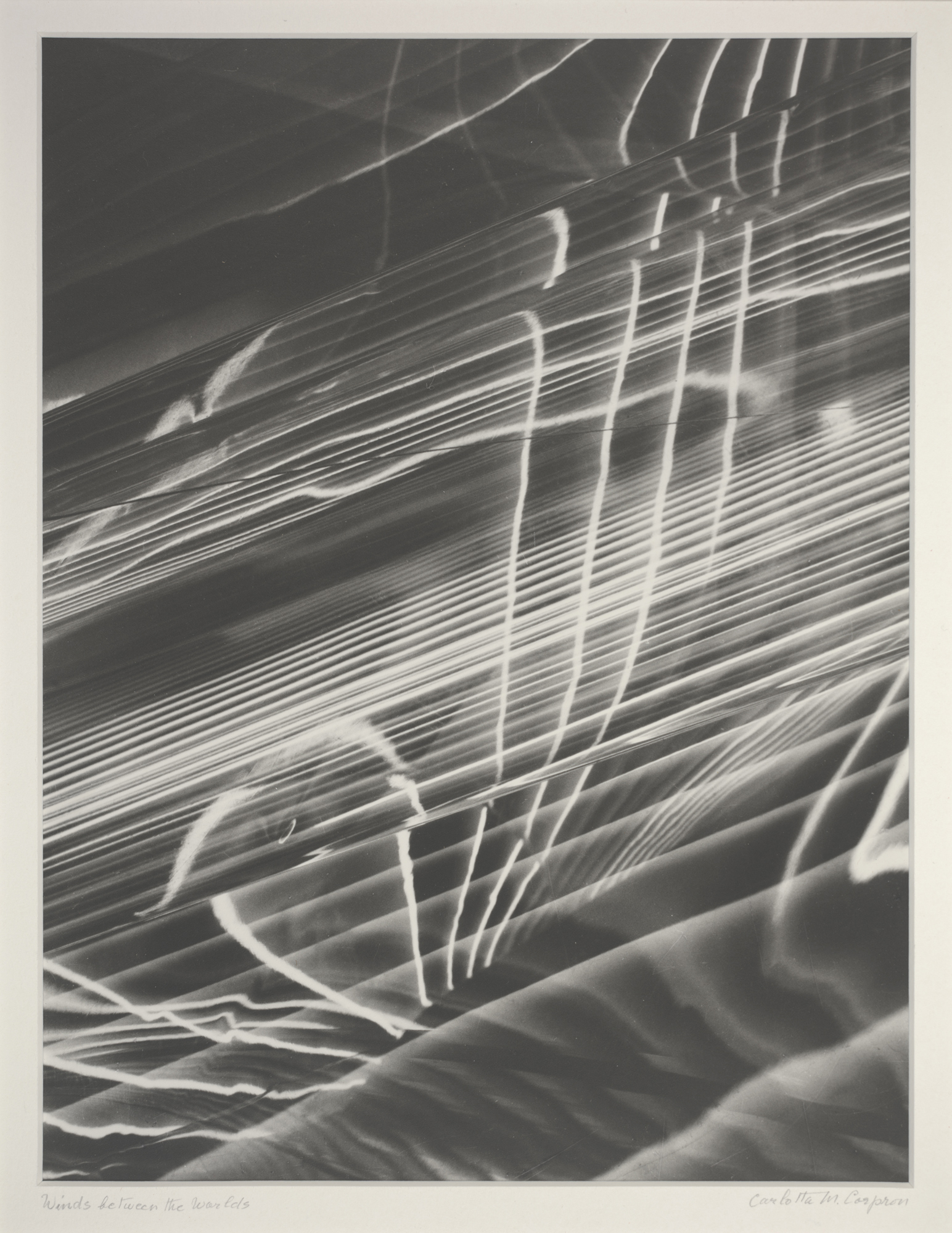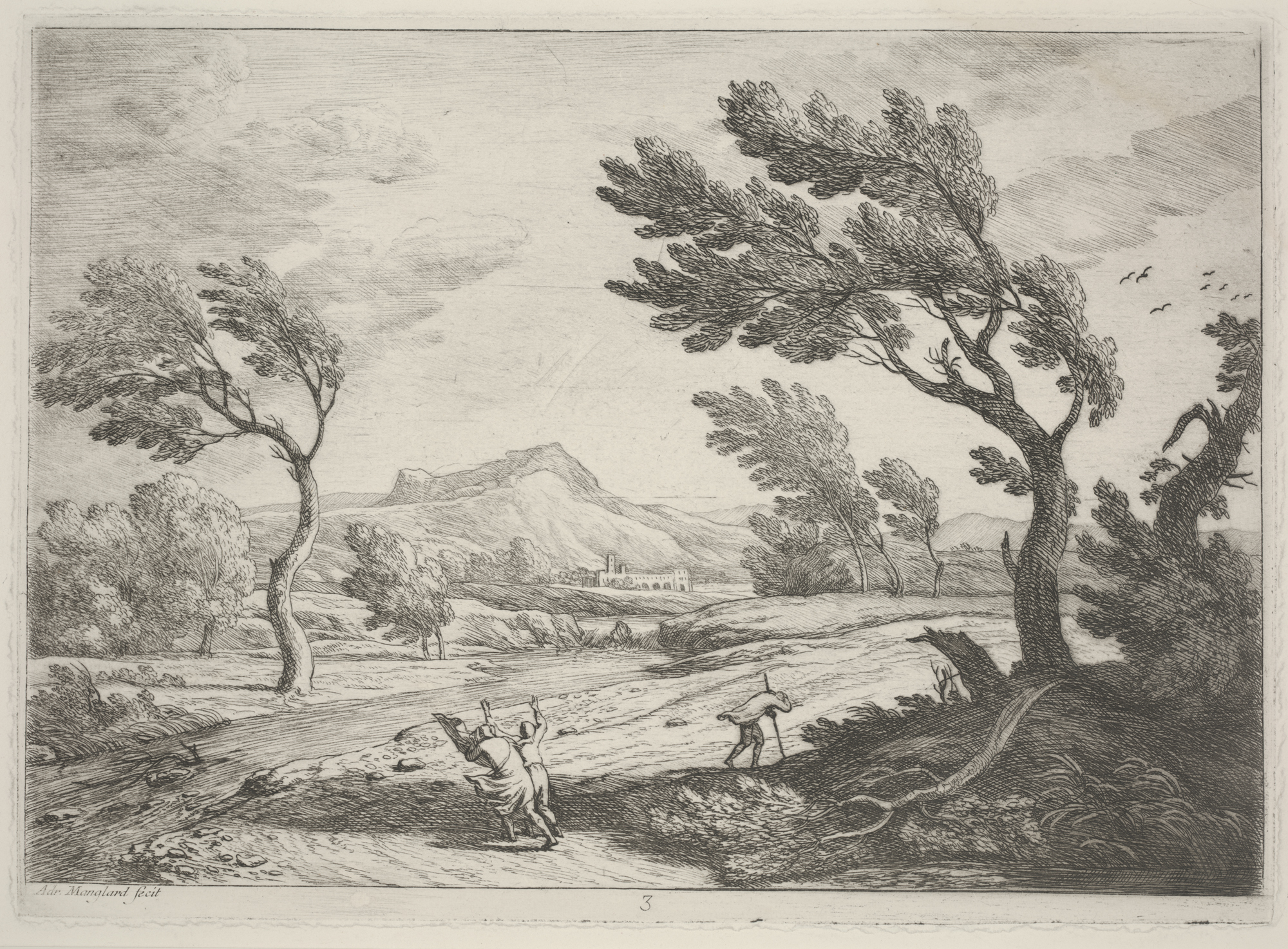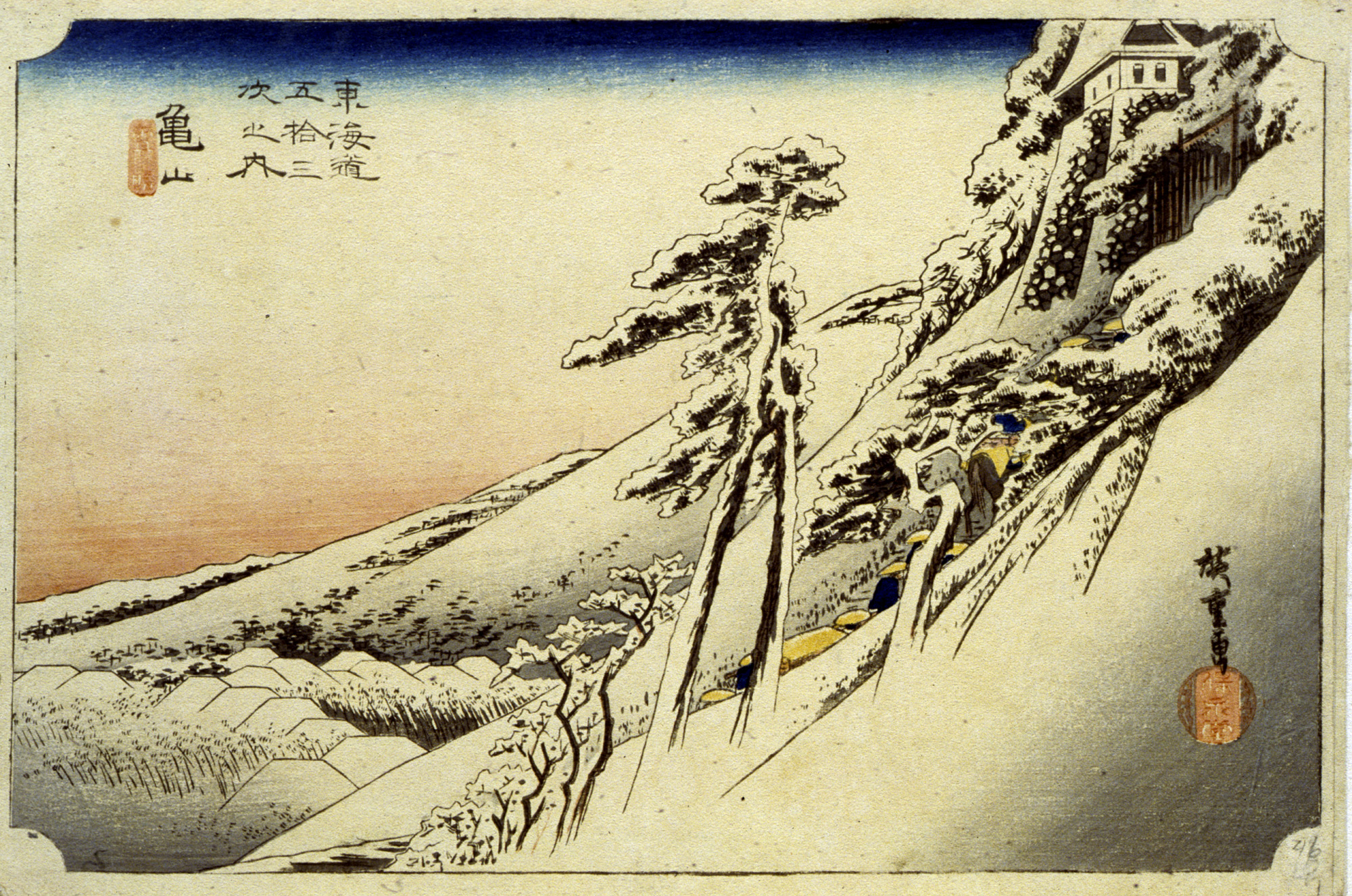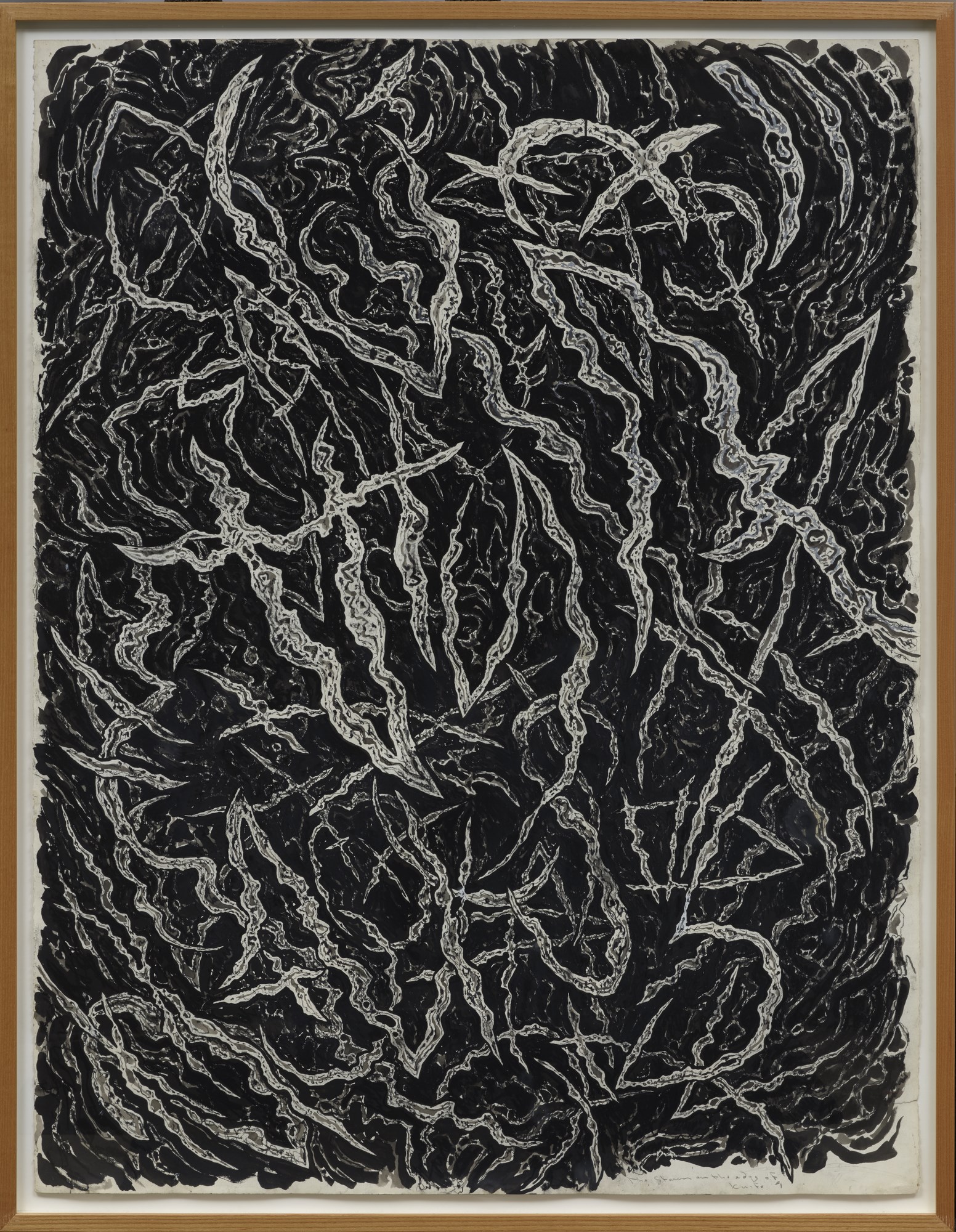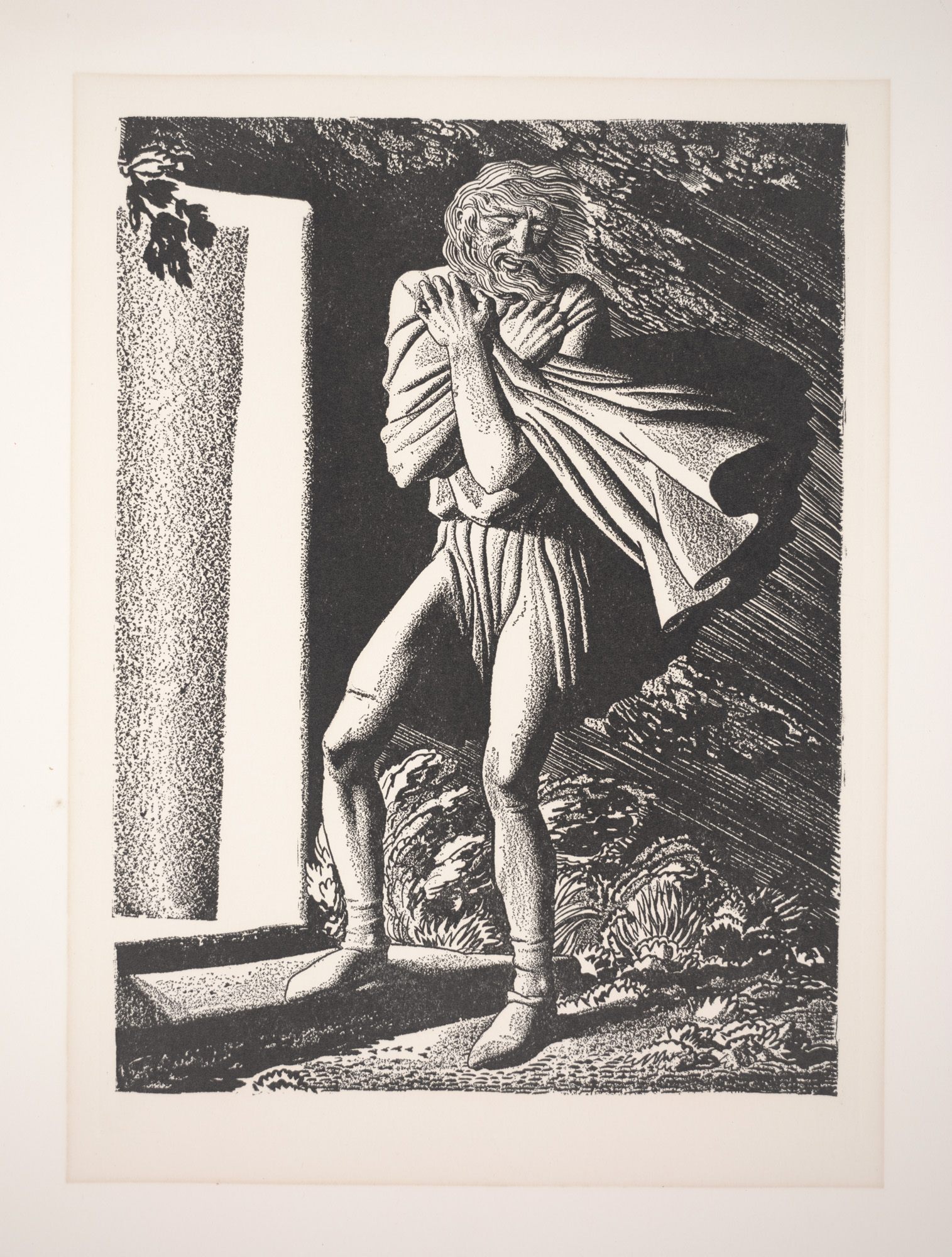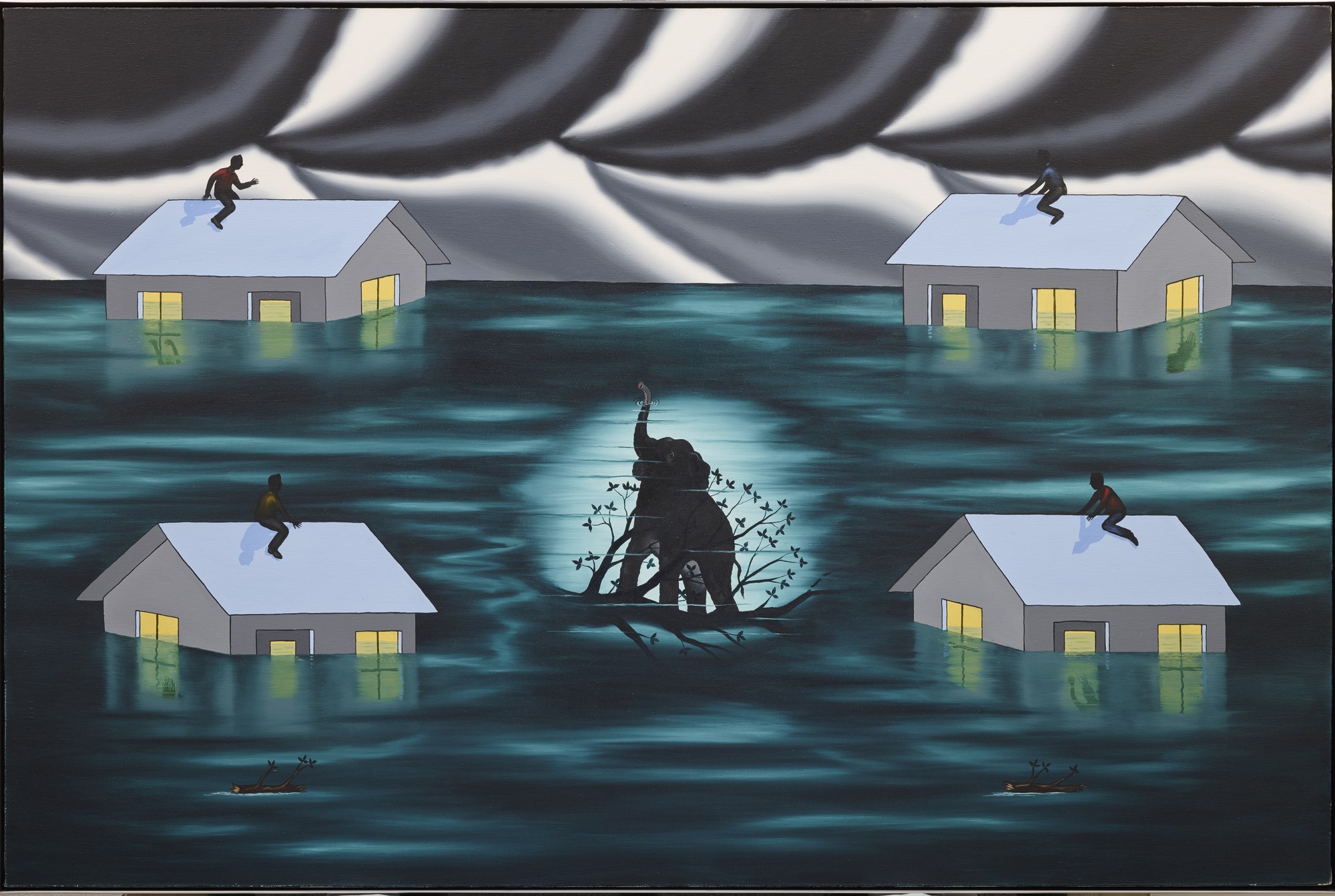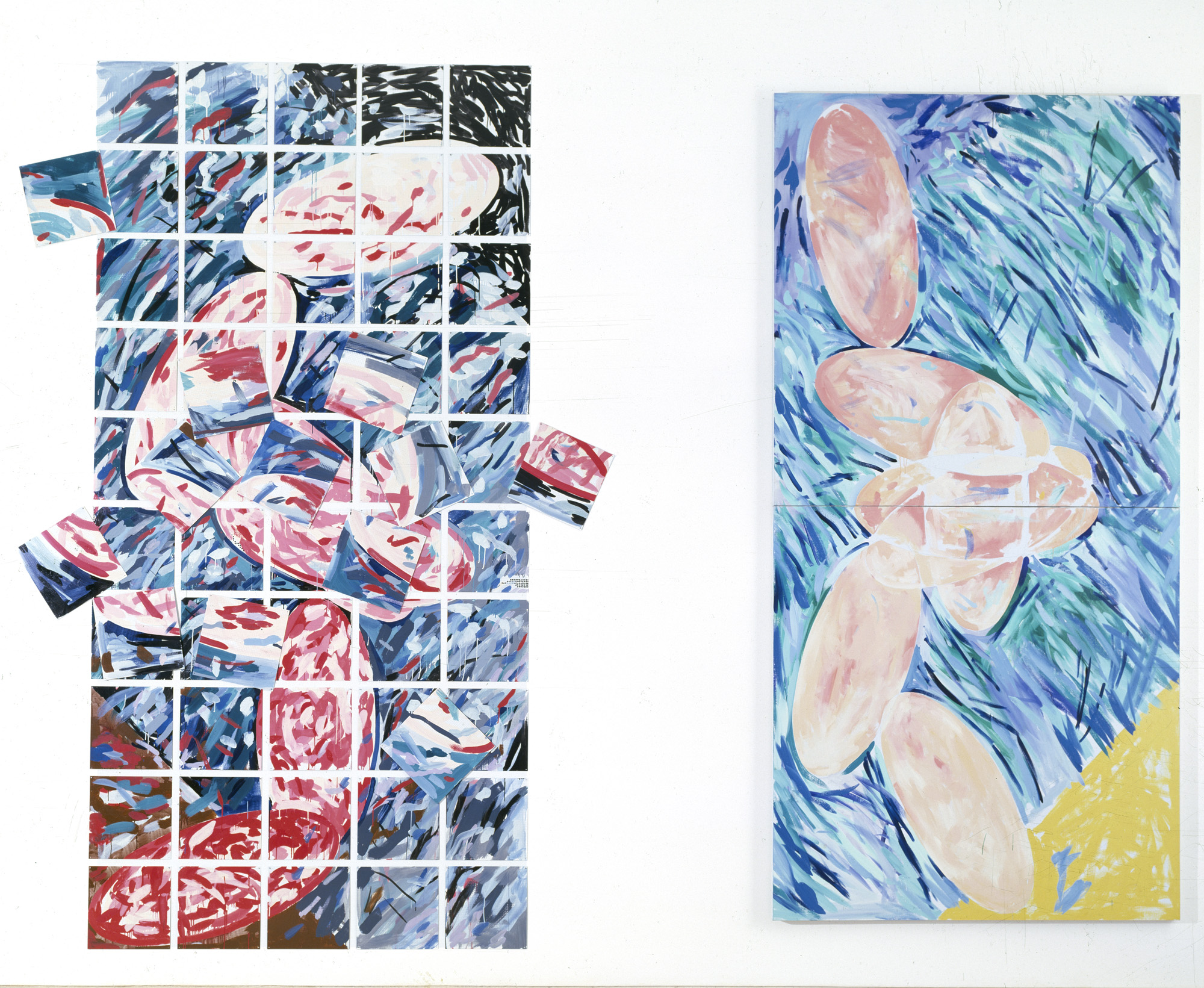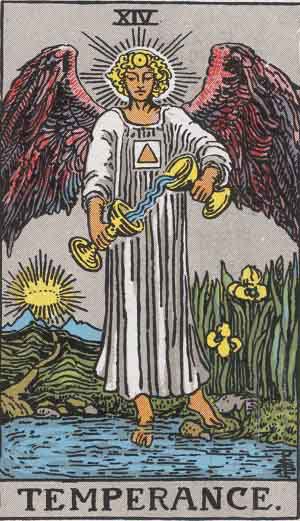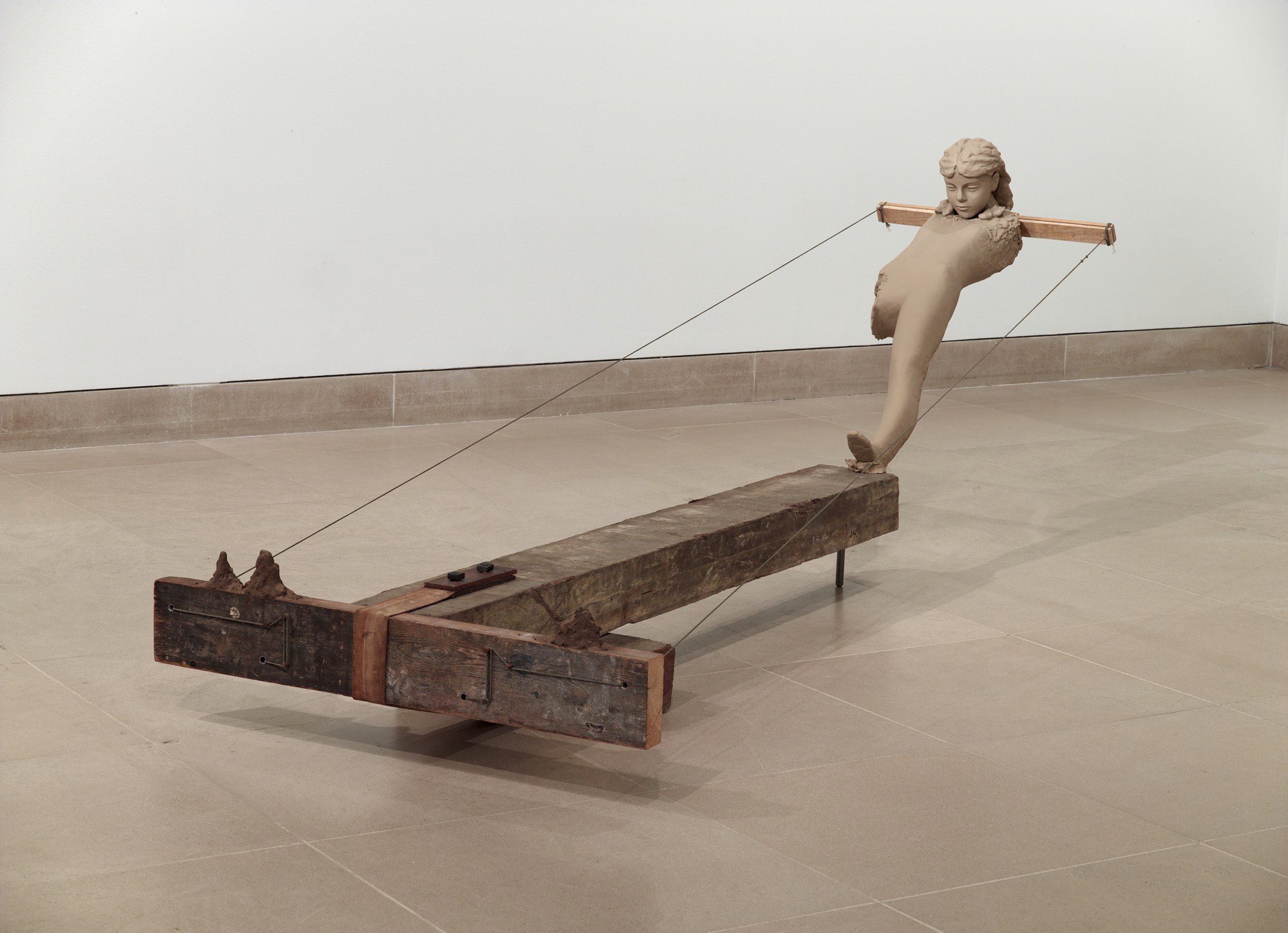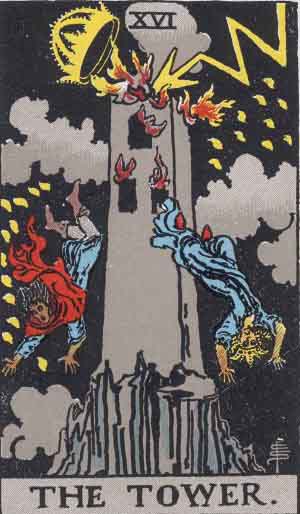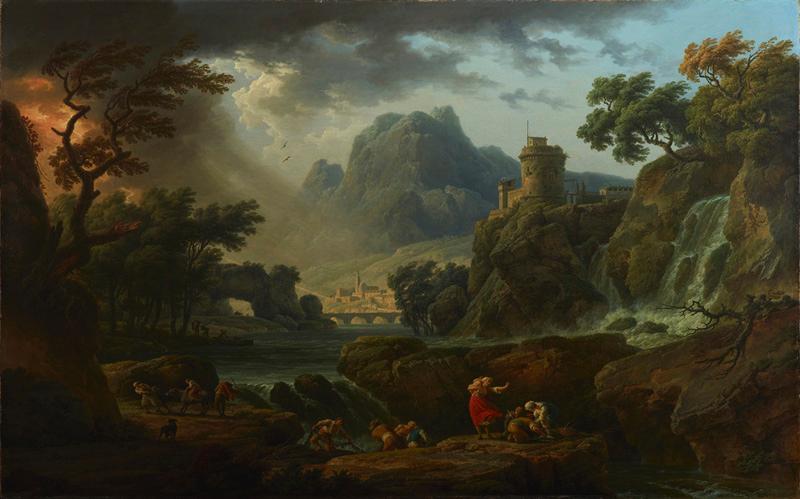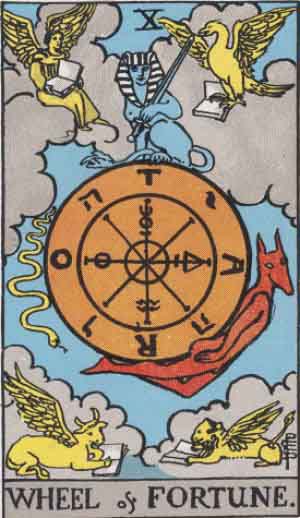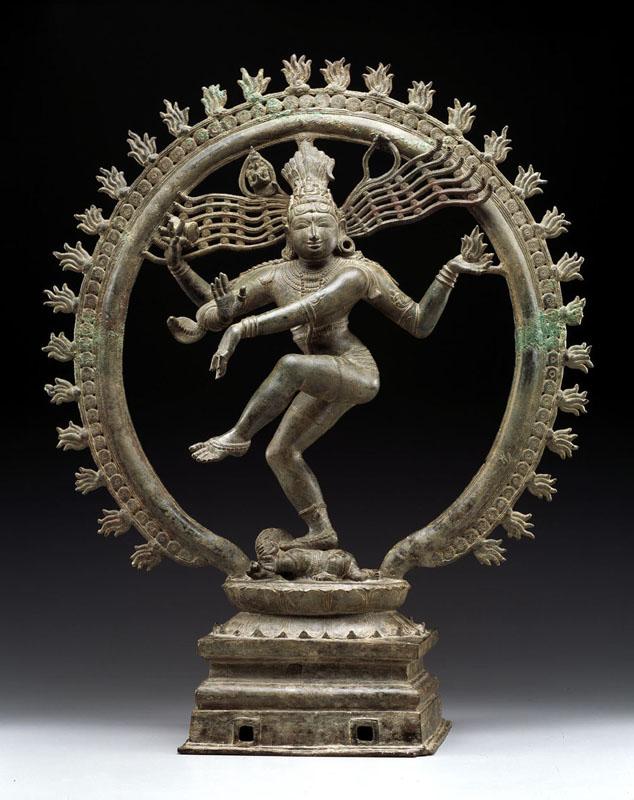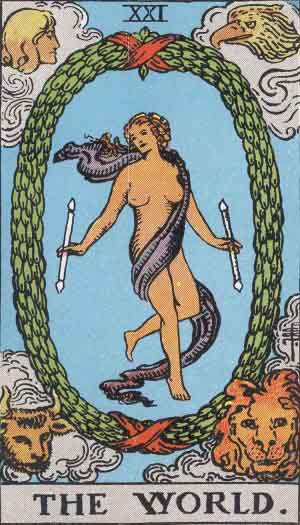In case any of us had forgotten, last week’s surprising plunge in temperature certainly served as a reminder of Texas weather’s tendency to change at whim. The days may be warming back up (however briefly), but that doesn’t mean we can’t appreciate what the Museum’s collection has to offer on Mother Nature’s more mercurial moods!
- Claude-Joseph Vernet, A Mountain Landscape with Approaching Storm, 1775, Dallas Museum of Art, Foundation for the Arts Collection, Mrs. John B. O’Hara fund
- Anselm Kiefer, This Dark Brightness which Falls from the Stars (Cette obscure clarté qui tombe des étoiles), 1996, Dallas Museum of Art, Frances Moss Ryburn Memorial Fund
- Carlotta M. Carpron, Winds Between the Worlds, negative c. 1945, print 1977, Dallas Museum of Art Polaroid Foundation grant
- Adrien Manglard, Landscape with Travelers in a High Wind, 1753 (?), Dallas Museum of Art, gift of Mrs. A. E. Zonne
- Ando Hiroshige, Clear Weather After a Snowfall, 1834, Dallas Museum of Art, gift of Mr. and Mrs. Stanley Marcus
- Bruce Pearson, The Storm on the Edge of Knife #1, 20th century, Dallas Museum of Art, gift of Mr. and Mrs. I. C. Deal
- Rockwell Kent, Blow, winds, and crack your cheeks! Rage! Blow! (Illustration reproduction for “King Lear”), 1936, Dallas Museum of Art, gift of Mr. and Mrs. Stanley Marcus
- Roger Brown, The True Story of an Elephant Who Survived in a Flood, 1981, Dallas Museum of Art, anonymous gift
- Jennifer Bartlett, Sad and Happy Tidal Wave, 1978, Dallas Museum of Art, Foundation for the Arts Collection, gift of Mr. and Mrs. Robert K. Hoffman
Whatever the weather may bring, you can always come see A Mountain Landscape with Approaching Storm on Level 2 in our European gallery, and explore the rest of the works shown here through the DMA’s Online Collection. Have a happy Friday!
Jennifer Sheppard
McDermott Intern for Family and Access Teaching
